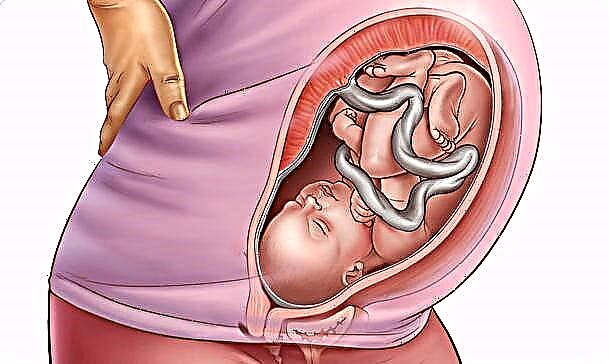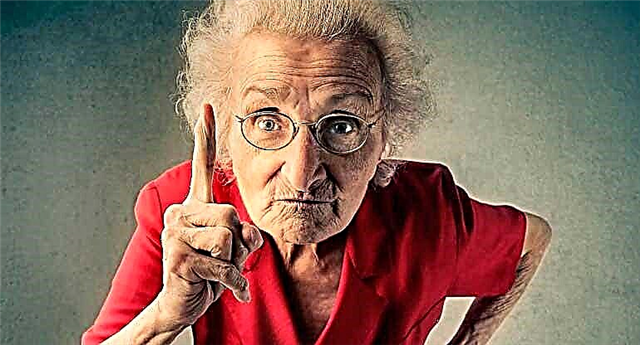Unlike many animals, a human baby is born very immature, with a minimum set of instincts, he must learn the rest. This makes him vulnerable and dependent, especially on his mother, but at the same time provides an excellent opportunity to learn and adapt to the environment.

Baby with rattles
The role of the rattle in a child's life
External stimulation is a very important element of learning in a baby's life. It is essential for physical, sensory, emotional and social development. The first toy in a baby's life is a rattle; it serves as an external sensory stimulus.
Benefits of a rattle for a baby
It is generally accepted that baby rattles entertain a baby. In fact, they serve not only for entertainment, but are of great benefit in the development of the baby's intelligence:
- Stimulates emotions. A rattle can attract the attention of a toddler by making sounds, and then play with him. When the child begins to react to the rattles that his mother plays with him, he tries to smile, an emotional connection is formed between the baby and the parents;
- Stimulates the development of the senses. The baby hears sounds. Bright beautiful colors of the toy do not leave him indifferent and contribute to the development of the organs of vision, different surface textures of products - organs of touch;
- Improves coordination. The child wants to take a bright object that he sees, for this he needs to coordinate his eyes and hands. Each time he will take the toy more and more confidently;
- Develop memory. Different rattles are associated with great sounds, the baby remembers and learns to distinguish them. In addition, you can use different toys before different routine events, for example, before feeding some, before bathing others. Thus, the child can remember what event will follow the game with a specific object. It improves memory and helps the baby feel more secure.
Varieties
Interesting... The rattle is one of the first toys created by man to interact with his child. Based on recent archaeological excavations in Turkey, it has been determined to be at least 5,000 years old.
Modern manufacturers offer the following types of products:
- Suspended. Sometimes they are performed in the form of carousels with several different toys, sometimes with musical accompaniment. There are varieties for cots and strollers;

Carousel rattle
- Tissue. Made in the form of figures with rustling filler;

Cloth toy
- Socks and bracelets. They also refer to fabric options, but they are worn on the legs and arms of the baby;

Socks and bracelets
- Teethers. Such a toy is useful for a baby who is teething. Made in the form of a ring for massaging the gums, sometimes with a cooling effect. The ring is completed with a rattle;

Teethers
- With a suction cup. This product can be attached to a flat surface. The child will swing and tilt it, but cannot detach it from the surface;

Suction cup toy
- Classic. A traditional version of a children's toy with a handle for holding and an upper part in the form of a ball or other figurine;

Classic rattle
- Rings. The ring is the basis of the product; small parts are strung on it: balls and figures of various shapes, etc.
When does the rattling response begin
In the first months of a baby's life, it is his hearing organs that serve as the main connection with the outside world. This is the time when the newborn begins to react to the sound of a rattle for the first time. In a month, he will shudder at sharp sounds, in two months he begins to observe the movement of hanging toys and is able to emotionally respond - to smile if his mother shakes a rattle in front of him.
Already up to 3 months, a baby may begin to unconsciously pinch toys with his fingers, if he is given them in his hands, but he still cannot take them himself. He will also follow with his eyes the moving pendant rattles and try to hit them with handles.
At 4 months old, the baby is already able to start taking rattles, at 5-6 months, he consciously chooses objects he likes, takes them from any surface and from different positions. This is the time when the child begins to play with rattles for a long time.
Important! At the age of six months, it is necessary to remove objects that pose a danger to him from the baby's reach.
Three months - the age of the beginning of the parents' concern about how to interest and teach the child to grab toys. To do this, they must, while playing with the baby, perform simple actions:
- Place the toy in the baby's handle and shake. In the fourth month, the baby can respond to this by throwing a rattle. He begins to associate sounds with actions, and this piques his interest;

Play with baby
- From hand to hand. Choose a large toy that mom should take with her own hands and shake it. The child may want to grab it with their pen or both and then throw it away. This action helps in teaching the child to hold the rattle, as well as to transfer objects from hand to hand.
Lack of reaction to the sound of a toy
A baby's lack of response to the sound of a rattle does not always indicate hearing problems.
Important! If an infant who is already 2 months old does not react in any way to loud sounds of any origin, it is necessary to consult a specialist. Early diagnosis of hearing problems can lead to more effective treatment.
However, the baby may not show his reaction to the sound of a rattle, but at the same time respond to the voice of the mother, musical sounds, the source of which is a TV or radio, sharp extraneous noises. This means that you should not worry, you just need to wait until the baby is interested in the toy.
Right choice
Important! Rattles are made from different materials: fabric, plastic, rubber, wood. It is necessary to choose light and not too hard options, since at first babies have poor control over their movements and can hit themselves in the face.
It doesn't really matter how many rattles the baby has. It is better to buy fewer of them, but it is important to choose safe toys and those that will be most useful for his development.
Factors to consider when choosing:
- Colour. It is recommended to purchase products in bright colors or with funny animal faces to attract the attention of the child;
- At an early age, it is advisable to choose a one-piece product that does not contain small additional parts that can come off;
- Make sure the plastic used to make the toy is phthalate free. This toxic substance is used to make the plastic more flexible, but slows down the development of bone tissue when it enters the baby's body;
- For wooden products, one must beware of too much varnish and uneven surface finish;
- For fabric toys, make sure that the materials of their manufacture are not flammable, and the filler is not toxic and does not make the product heavy. It is also better to know if it can be washed in a washing machine and at what temperature;
Important! Until 5-6 months, babies do not have enough strength in their wrists, and they have difficulty holding toys. Therefore, the first rattles should be very light.
- Toys that make sounds that are too harsh and loud can scare and even damage your baby's hearing organs. Moderate loudness should be preferred.
Every child has at least one rattle in the first months of life, if you choose it using the recommendations, you can provide the baby with fun and safe entertainment, while stimulating his development.



